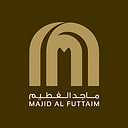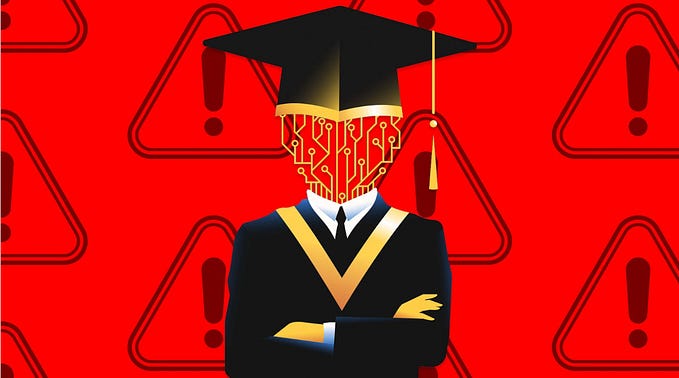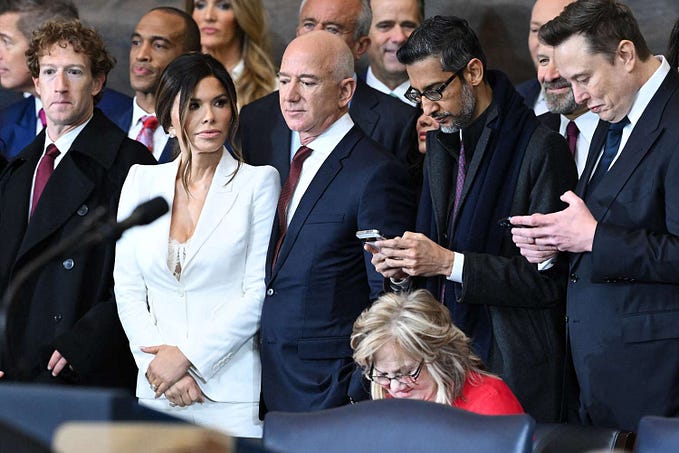Why letting go helps you get going
Author: Alain Bejjani — CEO, Majid Al Futtaim — Holding

Chances are you’ve either played with them, stepped on them, bought them or marvelled at their sheer ubiquity in everything from ‘art’ to theme parks. Lego was once named the world’s most powerful brand, and little wonder.
This storied company has made some major changes recently, including DNA-level changes, that are worth paying attention to even for those far removed from the toy industry. This, in my opinion, is particularly important for legacy companies and for their regional equivalent, the MENA family business houses.
Two changes at Lego that stood out to me are the company’s deliberate and increasing ceding of its brand ownership to consumers, and its willingness to fundamentally restructure its business to preserve more important goals.
I believe these changes underline an important lesson for any business that wants to emulate the company’s enduring global popularity and versatility: Sometimes we must let go of the things we hold dearest to move ahead.
The first of the big and bold changes is the Lego World Builder. With it, the brand is offering its fan base the ability to create story worlds, characters and other creative ideas and has promised to buy the ideas it likes. This is a masterstroke: The company is not ceding control of the brand but extending ownership to and generating buy-in and commitment from its fan base of past, present and future customers.
They are, simply put, tapping into not just the under-12 brigade, but those who have been under-12s at any point in the last 70 years or anyone associated with them. By engaging with past, current and future consumers, listening to them and helping realise their dreams, Lego is attuning itself for today as well as solidifying its tomorrow.
As businesses, we should ask ourselves: What are we doing to connect with our current, past and future consumers? Are we listening — not only to what they want, but what they are capable of? Are we able to relook at our DNA with an open mind and consider how we can better leverage our USPs in today’s world?
The second big change has to do with sustainability. Lego has been rethinking the literal building block of its success. In 2015, it pledged US$150 million towards making all its products from sustainable materials by 2030 — a tall order for the world’s largest toy manufacturer that uses some 90,000 tonnes of plastic annually and is synonymous with blocks made from oil-based plastic.
It also committed an additional US$400 million to fast-track green initiatives such as phasing out single-use plastics by 2025 and becoming carbon neutral by 2022.
Like the World Builder, this is a strategic investment in the company’s future. They are taking a long hard look at the heart of its business — its blocks — and are willing to change it to survive and thrive in the current and future age. Are we willing to do the same in our businesses? Are we open to relooking at what we’ve previously considered non-negotiable? Is our business aligned with the sustainability needs of the future?
In closing, let’s remember that this storied brand thrives on one very simple idea: That anything constructed can be taken apart again, and its pieces reused to make new things. That’s true for all of us.
Note: Majid Al Futtaim holds the franchise for Lego Certified Stores across the UAE, Qatar, Bahrain and Kuwait.









